Recent racehorse deaths increase scrutiny of the sport
by Jenny Alonge
Numerous recent racehorse deaths have increased scrutiny of the sport. All three Triple Crown venues experienced deaths this year, leading to significant concerns about the horses’ treatment and welfare.
Horse racing has long been controversial. Advocates say the sport is beautiful and the horses love to run, while detractors say the owners and trainers do anything necessary, including endangering their horses, to win. Let’s look closely at the issue.
Racehorse deaths
Some 21 horses died at Aqueduct Racetrack in New York during the 2011 to 2012 winter season, prompting formation of a task force to investigate the situation. The group created a risk-management program, which decreased horse fatalities by 47% a year after implementation, and horse racing deaths in the U.S. are now at their lowest level since tracking began in 2009. According to a database kept by the Jockey Club, racing thoroughbreds die at a rate of 1.25 per 1,000 starts, which is less than 1% of the time. However, this doesn’t include training or off- track deaths, and death clusters can occur. The most recent horse deaths include:
- Wild On Ice — April 27 at Churchill Downs; euthanized following a left hindlimb injury
- Code of Kings — April 29 at Churchill Downs; euthanized after breaking his neck in a saddling paddock
- Parents Pride — April 29 at Churchill Downs; collapsed and died during a five and a half-furlong turf race
- Take Charge Briana — May 2 at Churchill Downs; euthanized after sustaining multiple fractures, including an open, disarticulated fetlock fracture
- Chasing Artie — May 2 at Churchill Downs; collapsed and died following race 8
- Chloe’s Dream — May 6 at Churchill Downs; euthanized after multiple fractures during Derby Day race 2
- Freezing Point — May 6 at Churchill Downs; euthanized after a left ankle injury
- Bosque Redondo — May 13 at Churchill Downs; euthanized after racetrack injuries
- Rio Moon — May 14 at Churchill Downs; euthanized after a catastrophic left forelimb injury
- Swanson Lake — May 20 at Churchill Downs; euthanized after injuries sustained on the racetrack
- Havnameltdown — May 20 at Pimlico; euthanized after a devastating left front fetlock injury during an undercard race before the Preakness
- Lost in Limbo — May 26 at Churchill Downs; euthanized after a left frontlimb injury
- Kimberely Dream — May 27 at Churchill Downs; euthanized after a left front forelimb injury
- Excursionniste — June 10 at Belmont; euthanized on the track after injury
- Mashnee Girl — June 11 at Belmont; euthanized on the track after injury
The investigation
On May 30, the Horse Racing Integrity and Safety Authority (HISA) convened an emergency summit with Churchill Downs and the Kentucky Horse Racing Commission (KHRC). They reviewed all known health information about the euthanized horses at Churchill Downs, and commissioned Dr. Alina Vale, DVM, an equine forensics specialist, to review the necropsies. In addition, track surface expert Dennis Moore inspected Churchill Downs Racetrack and reviewed data collected by Racing Surfaces Testing Laboratory (RSTL). The following variables were examined:
- Cushioning — At every 1/8th pole on the inside and outside racing lanes, the track consistency was measured using the Orono Biomechanical Surface Tester. The findings showed the track was consistent at the various measurement points around the track and compared with previous pre-race meet inspections RSTL performed.
- Cushion layer — Ground penetrating radar (GPR) that measures depths up to one and a half feet deep also did not identify abnormalities or cause for concern.
- Daily measurements — Daily measurements, including a time-domain reflectometer moisture reading and manual probing for cushion depth, were within expected ranges around the track.
- Surface grade — Surface grade measurements verified that the surface crossfall percent was similar to pre-meet inspections.
- Composition — Dirt surface samples collected from multiple locations around the track were consistent with previous measurements.
The HISA and KHRC investigation revealed no obvious or specific pattern connecting the recent thoroughbred deaths at Churchill Downs. Since no explanation was identified, the HISA recommended temporarily suspending racing to allow further investigation. Churchill Downs Incorporated accepted the recommendation.
Preventing future racehorse deaths
Studies demonstrate that 85% to 90% of racehorse fatalities are caused by pre-existing injuries, so identifying these issues is critical to protect against future equine fatalities. Churchill Downs is implementing new technology and measures to help prevent catastrophic injuries.
- Positron Emission Tomography (PET scan) — Unlike radiographs, PET scans go beyond the bone structure to detect potential problems at the cellular level. This allows fractures to be identified before they can be visualized on digital radiographs.
- StrideSafe — StrideSafe is a sensor that uses GPS technology to measure a horse’s body movements at high speed. The information allows for recognition of subtle changes in how the horse moves, helping with earlier diagnosis of lameness issues. The technology is currently used on 30 horses every week during morning track workouts. The goal is eventual use on every horse in training to reduce injuries during races.
- Anti-doping program — The Horseracing Integrity & Welfare Unit (HIWU) is now responsible for all drug testing in horse racing in the U.S. Banned drugs, such as anabolic steroids, cannot be possessed, prescribed, distributed, or administered in racehorses. Controlled drugs, such as muscle relaxants, can be used in certain circumstances, but cannot show up in the thoroughbred’s system on race day. Violators will be made public. A whistleblower program allows trainers, riders, or whoever has the necessary information to anonymously identify violators. Medication control and anti-doping measures are necessary to ensure the safety and welfare of horses and riders.
Hopefully, these measures will help improve horse racing safety and reduce equine deaths.


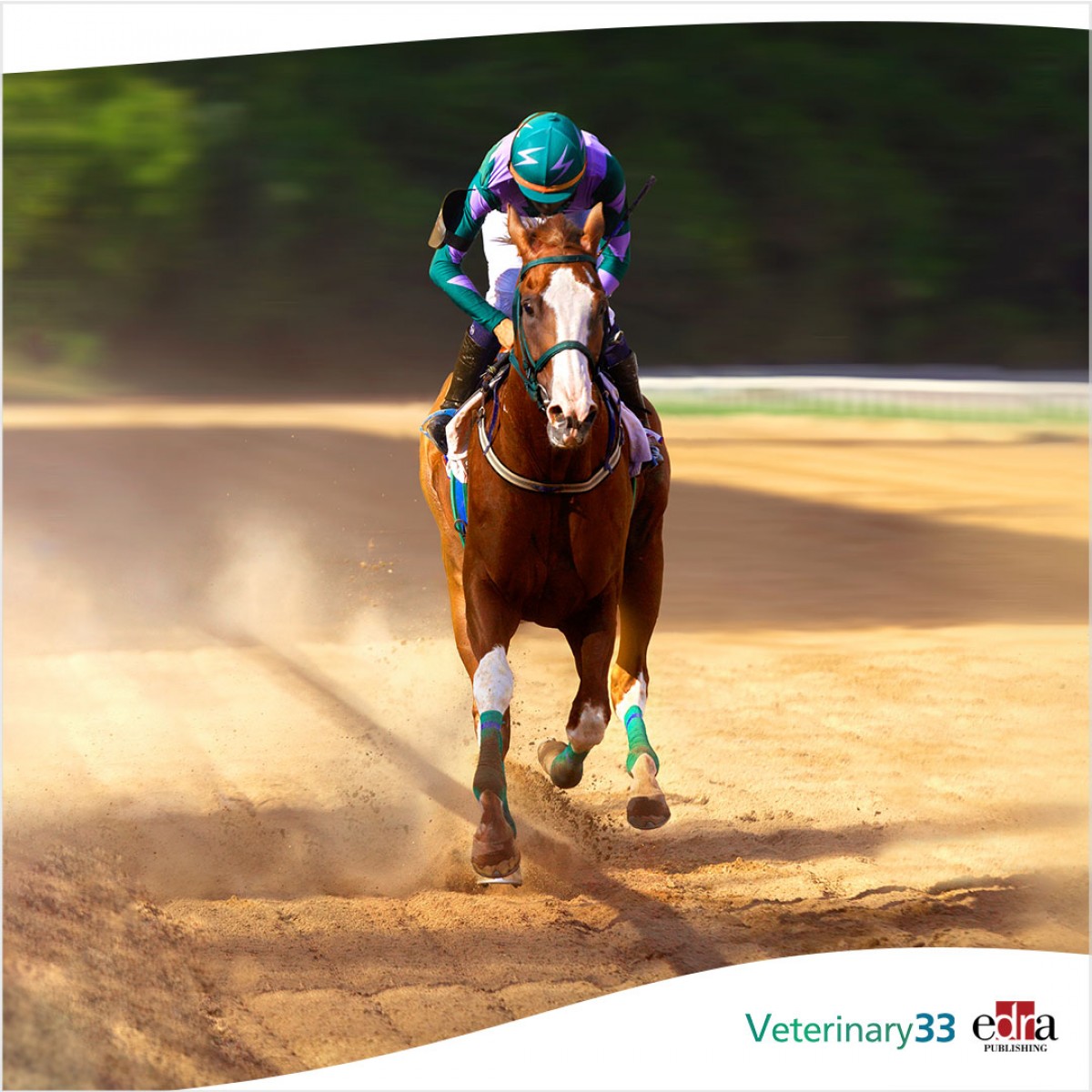
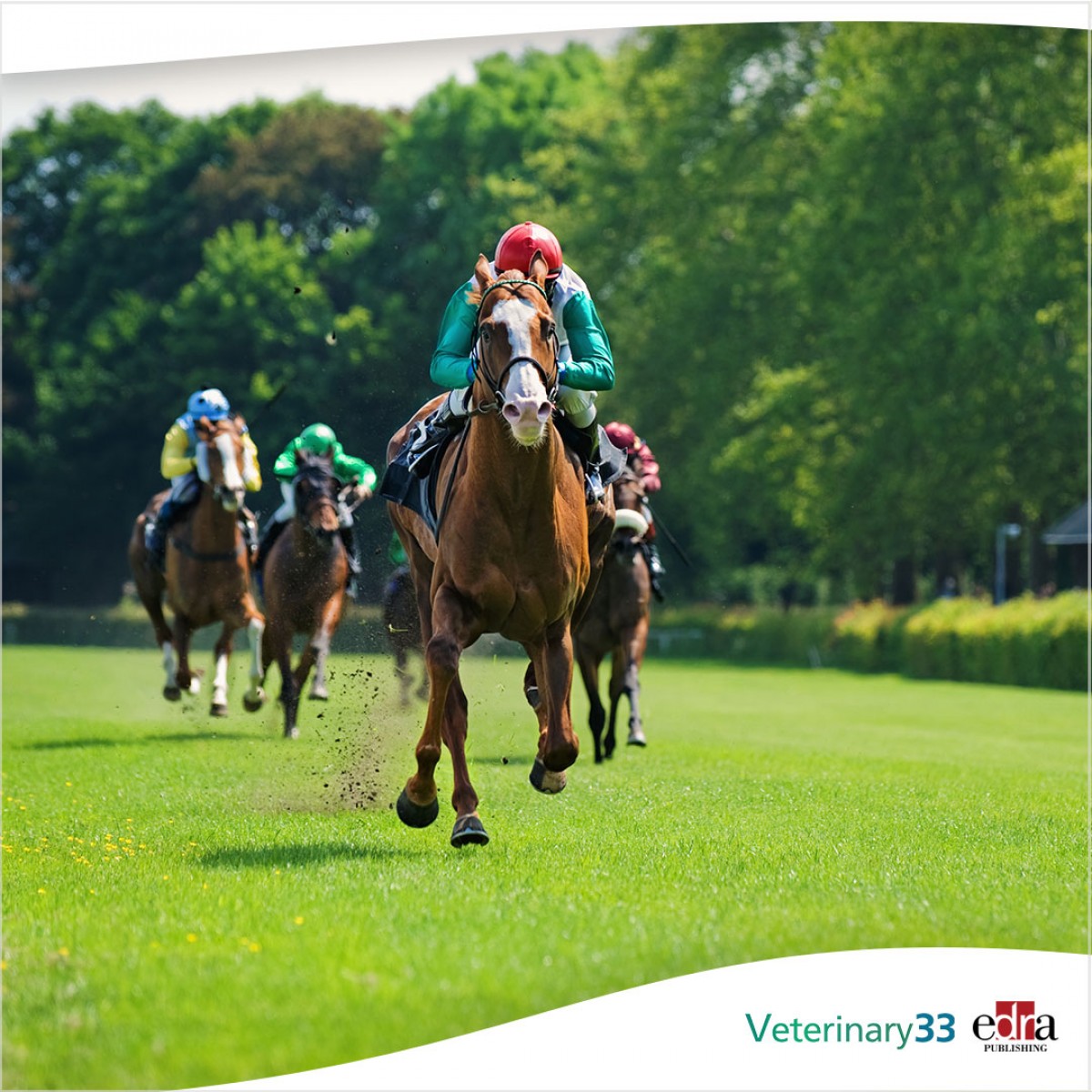


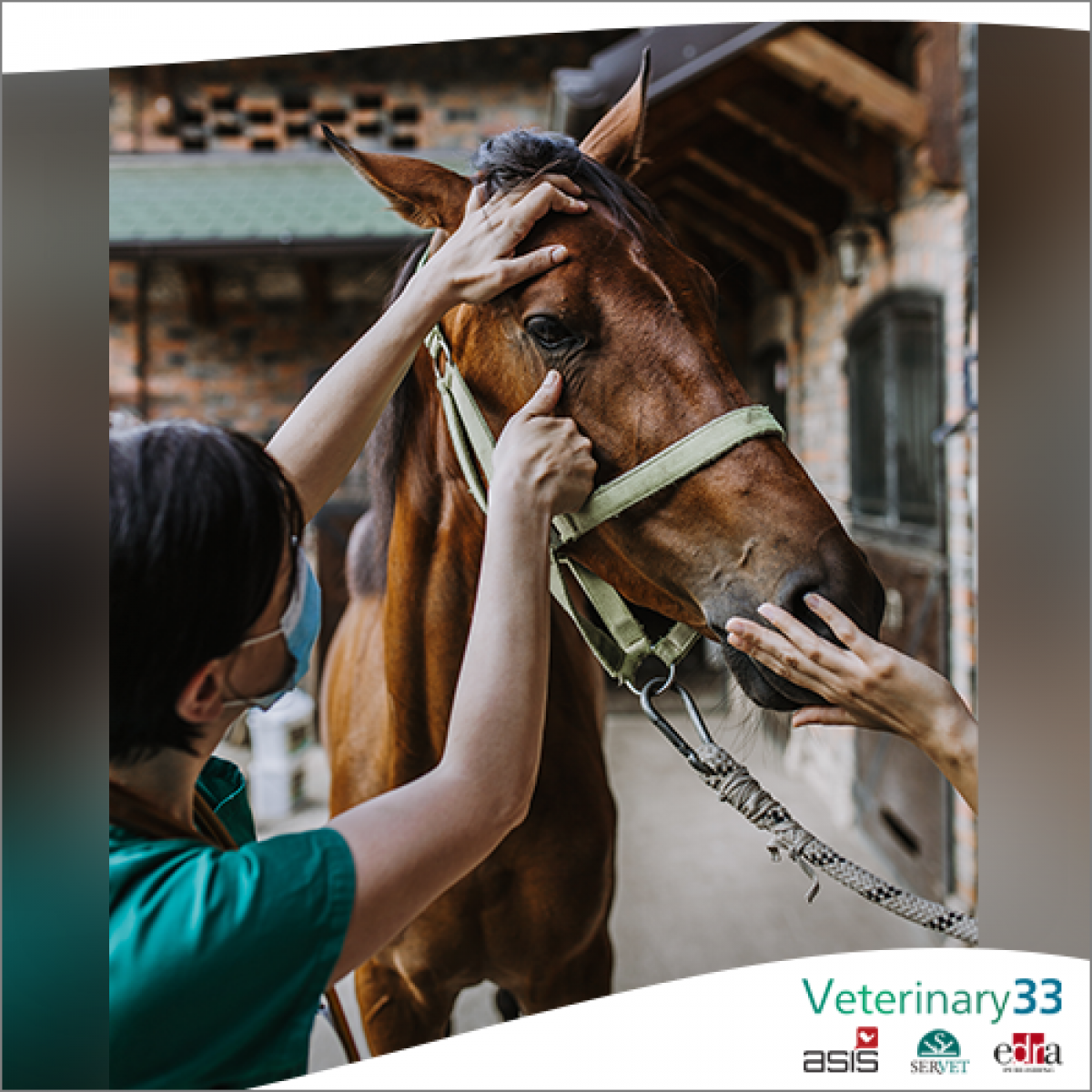
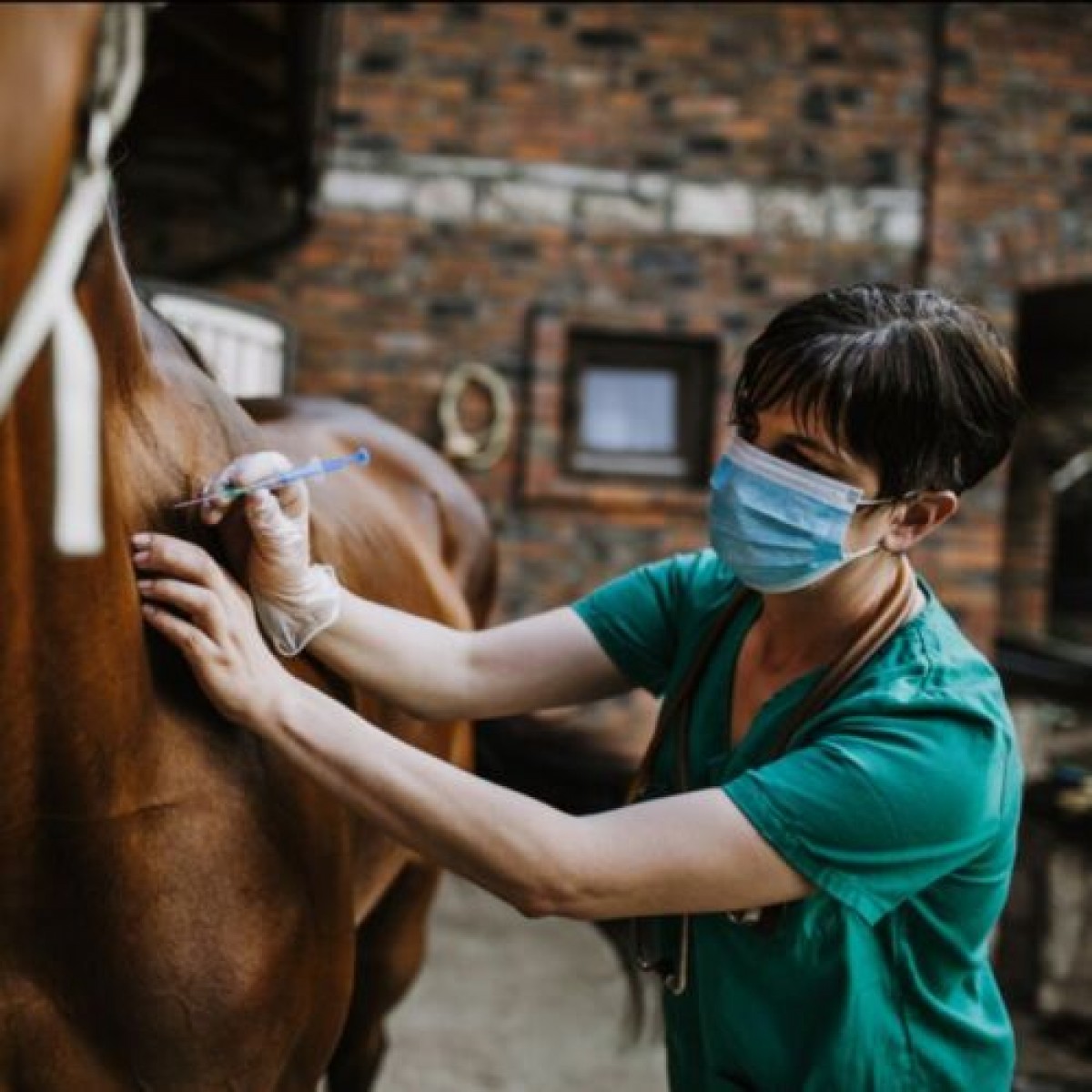
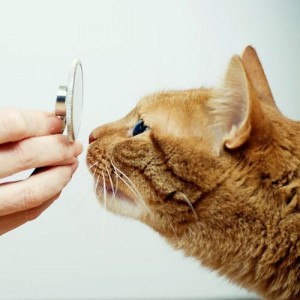
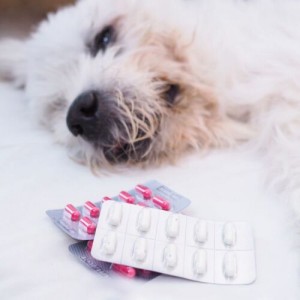




List
Add
Please enter a comment